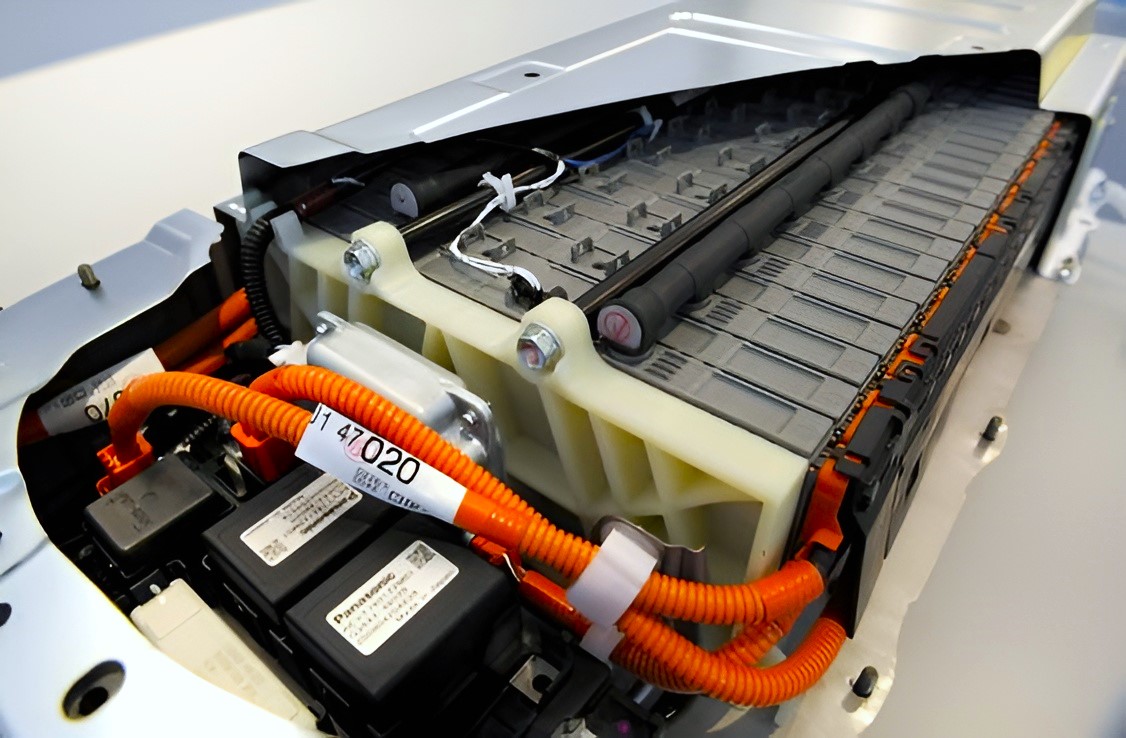Hybrid Battery Series &Types
Overview
Topics
Overview
Hybrid vehicles combine traditional internal combustion engines with electric propulsion systems, which use different types of batteries for energy storage. This course delves into the various battery types used in hybrid systems, their features, and how they operate within the hybrid framework.
Topics
Types of Batteries Used in Hybrid Vehicles
Nickel-Metal Hydride (NiMH) Batteries
- Characteristics:
- Good energy density and relatively low cost.
- Longer cycle life compared to lead-acid batteries.
- Applications:
- Commonly used in older hybrid models, such as the Toyota Prius.
- Advantages:
- Robust performance in a wide temperature range.
- Disadvantages:
- Lower energy density compared to lithium-ion batteries.
- Characteristics:
Lithium-Ion (Li-ion) Batteries
- Characteristics:
- High energy density, lightweight, and longer lifespan.
- Quick charging capabilities.
- Applications:
- Increasingly used in modern hybrids and electric vehicles (EVs) like the Chevrolet Volt and Tesla models.
- Advantages:
- Greater efficiency and performance.
- Disadvantages:
- Higher cost and sensitivity to temperature extremes.
- Characteristics:
Lead-Acid Batteries
- Characteristics:
- Traditional technology with low energy density.
- Commonly used for auxiliary power (e.g., starting systems).
- Applications:
- Primarily found in older hybrid models or as secondary batteries in newer hybrids.
- Advantages:
- Low cost and robust technology.
- Disadvantages:
- Heavier, with shorter lifespan and lower efficiency compared to modern batteries.
- Characteristics:
Solid-State Batteries
- Characteristics:
- Utilize a solid electrolyte instead of a liquid one.
- Promises higher energy density and improved safety.
- Applications:
- Still in development but expected to play a significant role in future hybrids and EVs.
- Advantages:
- Reduced risk of leaks and thermal runaway.
- Disadvantages:
- Currently expensive and not widely available.
- Characteristics:
Battery Series Configurations
Series Configuration
- Functionality:
- Increases voltage while keeping the capacity (Ah) the same.
- Advantages:
- Suitable for applications requiring higher voltage.
- Disadvantages:
- If one battery cell fails, it can affect the entire series.
- Functionality:
Parallel Configuration
- Functionality:
- Increases capacity while maintaining the same voltage.
- Advantages:
- More reliable; if one cell fails, the others can continue to function.
- Disadvantages:
- Heavier and may require more complex management systems.
- Functionality:
Key Considerations for Hybrid Batteries
- Battery Management Systems (BMS): Critical for monitoring performance, state of charge, and ensuring safety.
- Charging Practices: Hybrid batteries can charge through regenerative braking and external sources.
- Maintenance: Regular checks can prolong battery life and ensure optimal performance.

